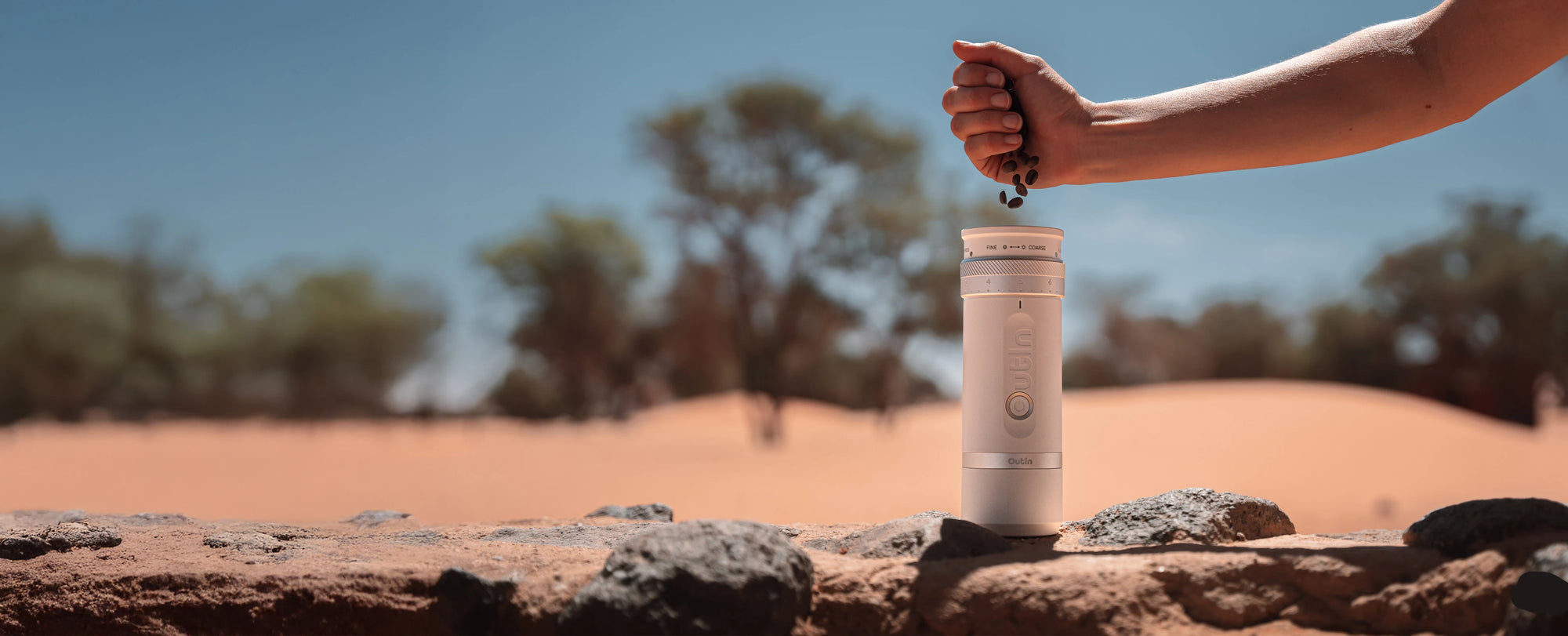Unlock the Secret to Coffee Perfection: Why Your Morning Brew Deserves a Burr Grinder!
Coffee is more than just a morning ritual; for many, it's a daily necessity that fuels our productivity and awakens our senses. Whether you rely on a robust cup to kickstart your day or savor a delicate brew in the afternoon, the quality of your coffee can significantly influence your experience. One of the most crucial elements in achieving that perfect cup lies in the grind of your coffee beans. Enter the burr grinder—a tool that elevates your coffee game by ensuring optimal flavor extraction. Unlike blade grinders that can leave you with unevenly ground coffee, burr grinders offer a consistent grind size, which is vital for brewing a rich and flavorful cup. In this article, we'll explore why investing in a burr grinder is a game-changer for coffee enthusiasts and guide you through the essentials of purchasing one.

The Science of Coffee Grinding
The process of grinding coffee beans is not merely a mechanical action; it plays a pivotal role in defining the flavor profile of your brew. When coffee beans are ground, their surface area increases, allowing for more effective extraction of oils and flavors during brewing. However, the grind size is crucial—too coarse, and the extraction will be underwhelming, resulting in a weak and watery cup; too fine, and you risk over-extraction, leading to bitterness. Consistency in grind size is essential for uniform extraction. A friend of mine, an avid coffee lover, once experimented with various grind sizes using both a blade and a burr grinder. He found that the burr grinder produced a consistently rich flavor, whereas the blade grinder resulted in a jarring mix of weak and bitter notes. This experience underscored the importance of grind consistency, ultimately leading him to swear by his burr grinder.
What is a Burr Grinder?
A burr grinder is a specialized coffee grinder that uses two revolving abrasive surfaces (the burrs) to crush the coffee beans into a uniform size. This method contrasts with blade grinders, which chop beans unevenly and can result in inconsistent flavors. Burr grinders come in two main types: flat and conical. Flat burr grinders have two parallel surfaces that grind beans evenly, while conical burr grinders feature a cone-shaped burr that sits inside a ring-shaped burr. Both types produce excellent results, but conical burr grinders are often praised for their ability to minimize heat buildup, preserving the delicate flavors of the coffee beans. Understanding the mechanics of a burr grinder can help you appreciate its value in your coffee-making journey.
Benefits of Using a Burr Grinder
The advantages of using a burr grinder extend far beyond just achieving a uniform grind size. One of the most significant benefits is the improved flavor profile of your coffee. Studies have shown that coffee ground with a burr grinder retains more of the essential oils and aromas compared to coffee ground with blades. This means a richer, more aromatic cup of coffee, which is vital for those who cherish the sensory experience of their brew. Additionally, burr grinders allow for better control over the grind settings, enabling you to customize your grind size based on your brewing method, whether it's espresso, French press, or pour-over. Another friend of mine recently switched to a burr grinder and was astonished by the difference in taste he experienced with his home-brewed coffee. The investment paid off, as he now enjoys café-quality coffee right from his kitchen.
Factors to Consider When Purchasing a Burr Grinder
When it comes to selecting the perfect burr grinder, there are several key factors to consider. First and foremost, evaluate the grind settings that the grinder offers. A good burr grinder should provide a range of settings to accommodate various brewing methods. Next, consider the ease of cleaning; coffee oils can build up over time, impacting flavor, so a grinder that disassembles easily will be beneficial. Size is another factor—ensure that the grinder fits well in your kitchen space and meets your daily coffee consumption needs. Lastly, pay attention to build quality; a well-constructed grinder may cost more upfront but can offer longevity and better performance over time. Assessing these factors will help you find a burr grinder that aligns with your specific needs and preferences.
Maintenance and Care for Your Burr Grinder
Maintaining your burr grinder is crucial; coffee oils can accumulate, affecting the flavor of the brew. Additionally, residue build-up can cause clumping in the grinding process, which can leave you with uneven grounds. Using a soft brush, clean the burrs regularly to avoid moisture that can negatively affect the grinder's performance. Proper care ensures your grinder remains efficient and enhances the lifespan of your equipment, allowing you to enjoy delightful coffee every day.
Enhancing Your Coffee Experience with a Burr Grinder
In conclusion, investing in a coffee burr grinder can transform your coffee experience from ordinary to extraordinary. With its ability to provide consistent grind sizes and unlock the rich flavors of your beans, a burr grinder is an essential tool for any coffee enthusiast. Whether you're a casual drinker or a dedicated aficionado, the benefits of using a burr grinder are undeniable. By understanding the science behind coffee grinding, recognizing the advantages of burr grinders, and knowing what to look for when purchasing one, you'll be well-equipped to enhance your morning brew. So, take the leap and invest in a burr grinder—your taste buds will thank you!



